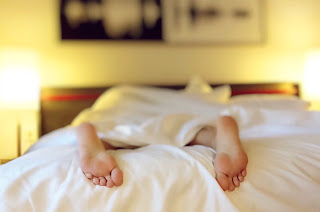Work while Walking

In a world where sedentary behavior has become the norm, it can be challenging to find ways to get moving while working. However, fear not! There are a plethora of innovative and unconventional methods that can be employed to get work done sans sitting. One of the most popular options is the standing desk. As the name suggests, this is a desk designed for use while standing, which can greatly reduce the amount of time spent sitting while working. For those who want to take it up a notch, the treadmill desk is an excellent choice. It's a desk attached to a treadmill, allowing you to walk while you work. Say goodbye to sitting for hours on end and hello to increased physical activity levels while you work! Another option to consider is the kneeling chair. It is a chair designed to support the body in a kneeling position. This can reduce pressure on the lower back, promote good posture, and improve circulation. If that doesn't tickle your fancy, then a yoga ball c





